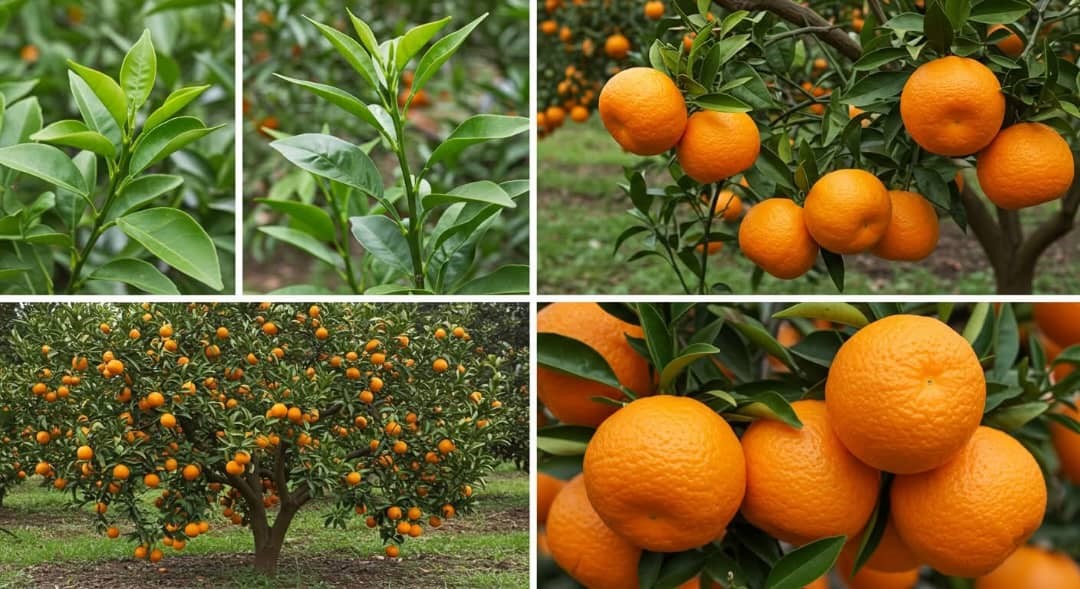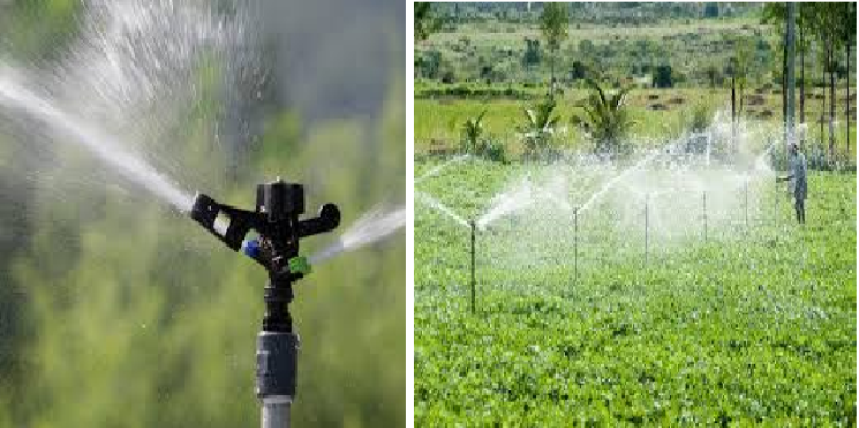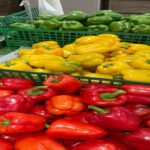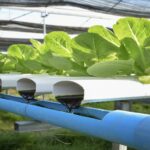Tangerine farming:Planting to harvest tips

Tangerine farming is steadily gaining popularity among fruit growers due to its high market demand, sweet flavor and adaptability to various climates. Belonging to the citrus family, tangerines are closely related to oranges but are smaller, easier to peel and often more aromatic. With proper management, tangerine farming can be a profitable agribusiness, supplying both local and export markets with fresh, nutritious fruits.
Understanding Tangerines
Tangerines (Citrus reticulata) are rich in vitamin C, fiber and antioxidants, making them one of the most sought-after citrus fruits for fresh consumption and juice processing. They thrive best in warm, tropical to subtropical climates and can be grown successfully in many parts of Kenya and other similar regions. Popular varieties include Pixie, Dancy, Clementine, Minneola, and Murcott, each differing in taste, size and harvest season.
Ideal Growing Conditions
To achieve high yields, tangerines require the right growing conditions:
- Climate: Tangerines grow well in areas with annual rainfall between 800 mm and 1,200 mm. They prefer temperatures between 20°C and 30°C and do not tolerate frost or extreme cold.
- Soil: Well-drained, sandy-loam soils with a pH range of 5.5 to 6.5 are ideal. Heavy clay soils that retain water can cause root rot.
- Altitude: The crop thrives best at altitudes between 0 and 1,800 meters above sea level.
Before planting, farmers should conduct a soil test to determine fertility levels and nutrient deficiencies.
Land Preparation and Planting
Proper land preparation is key to a successful tangerine orchard. Clear the land of weeds, stones, and old stumps. Deep plowing helps loosen the soil and improve drainage. Dig planting holes measuring about 60 cm x 60 cm x 60 cm, spaced 4 to 6 meters apart depending on the variety and management system.
Mix topsoil with well-decomposed manure or compost before refilling the hole. This enriches the soil and encourages healthy root growth. When planting grafted seedlings, ensure the graft union is above the soil line to prevent diseases.
Choosing and Managing Seedlings
Use certified, grafted seedlings from reputable nurseries to ensure disease resistance and true-to-type fruit production. Grafted seedlings start bearing fruits earlier within 2 to 3 years compared to non-grafted ones.
After planting, water the seedlings immediately and mulch around the base to retain moisture. Regular watering is essential, especially during the dry season, to encourage root establishment and steady growth.
Fertilizer and Nutrient Management
Tangerine trees require a balanced supply of nutrients for vigorous growth and high yields. Apply farmyard manure at least twice a year at the onset and end of the rainy season. Supplement with NPK (17:17:17) during the early growth stages, and later switch to Calcium Ammonium Nitrate (CAN) or urea during the fruiting stage.
Micronutrients such as zinc, manganese and magnesium are also crucial. Foliar sprays can be used to address nutrient deficiencies and boost fruit quality.
Weed and Pest Control
Keep the orchard weed-free, especially during the first two years. Weeds compete for nutrients and water, slowing down growth. Use manual weeding, mulching, or selective herbicides where appropriate.
Common pests include:
- Aphids – cause leaf curling and transmit viral diseases.
- Citrus leaf miners – damage young shoots and reduce photosynthesis.
- Fruit flies – lay eggs inside the fruit, making it unmarketable.
To manage pests, use integrated pest management (IPM) techniques such as pheromone traps, organic sprays (neem or garlic extract), and proper orchard sanitation.
Diseases like citrus canker, greening (HLB), and root rot can severely affect yields. Regular pruning, use of clean planting material and application of fungicides help keep diseases under control.
Pruning and Canopy Management
Pruning improves air circulation, light penetration, and overall tree health. Remove dead, diseased or overcrowded branches at least once a year. Shape young trees to develop a strong framework that supports fruit load and simplifies harvesting.
Irrigation
Although tangerines are moderately drought-tolerant, consistent moisture is key to producing juicy, high-quality fruits. Drip irrigation systems are ideal because they provide uniform water while minimizing wastage and weed growth. Avoid waterlogging, as excess moisture can lead to root diseases.
Flowering and Fruit Development
Tangerine trees usually flower once or twice a year depending on the variety and climate. Fruit development takes about 7–9 months from flowering to maturity. The fruits turn bright orange when ripe and are ready for harvest when they detach easily from the branch.
Harvesting and Post-Harvest Handling
Harvest tangerines by clipping the fruits with scissors or pruning shears rather than pulling them off. This prevents skin tearing and prolongs shelf life. Handle the fruits gently to avoid bruising, then grade them according to size, color and quality.
Store harvested fruits in cool, well-ventilated areas. For commercial markets, pack them in ventilated crates or cartons. Proper grading and packaging not only preserve freshness but also improve market appeal and price.
Marketing and Profitability
Tangerines have a strong local demand in markets, hotels, and juice industries. Export markets in Europe and the Middle East also offer high prices for quality fruits that meet international standards. With good management, an acre of tangerines can yield 10–15 tons annually, generating substantial income for farmers.
Tangerine farming offers great potential for both small- and large-scale farmers. With the right choice of variety, good orchard management and adherence to market standards, farmers can enjoy consistent yields and attractive profits. Beyond the economic benefits, growing tangerines contributes to better nutrition, rural employment and sustainable agriculture.











